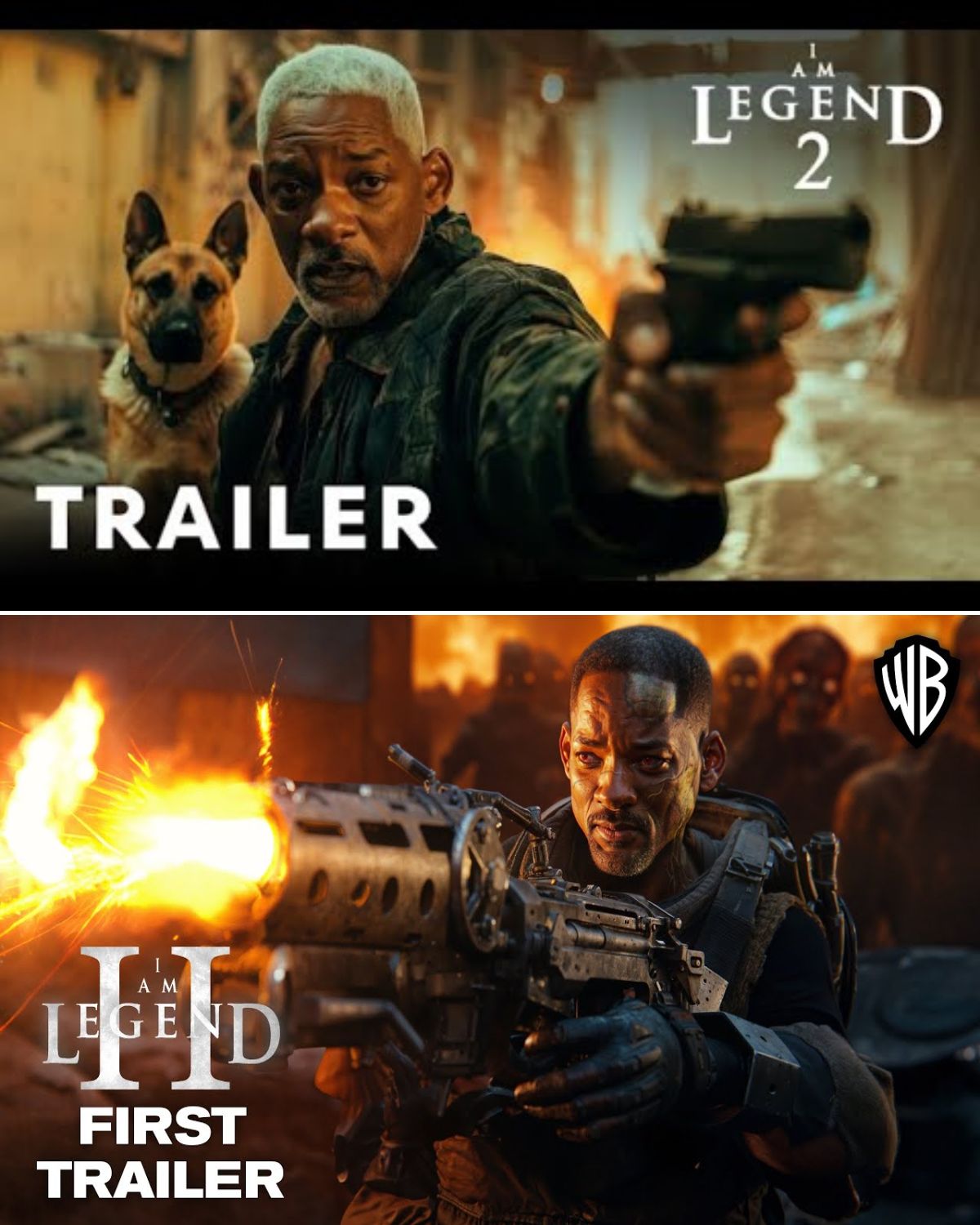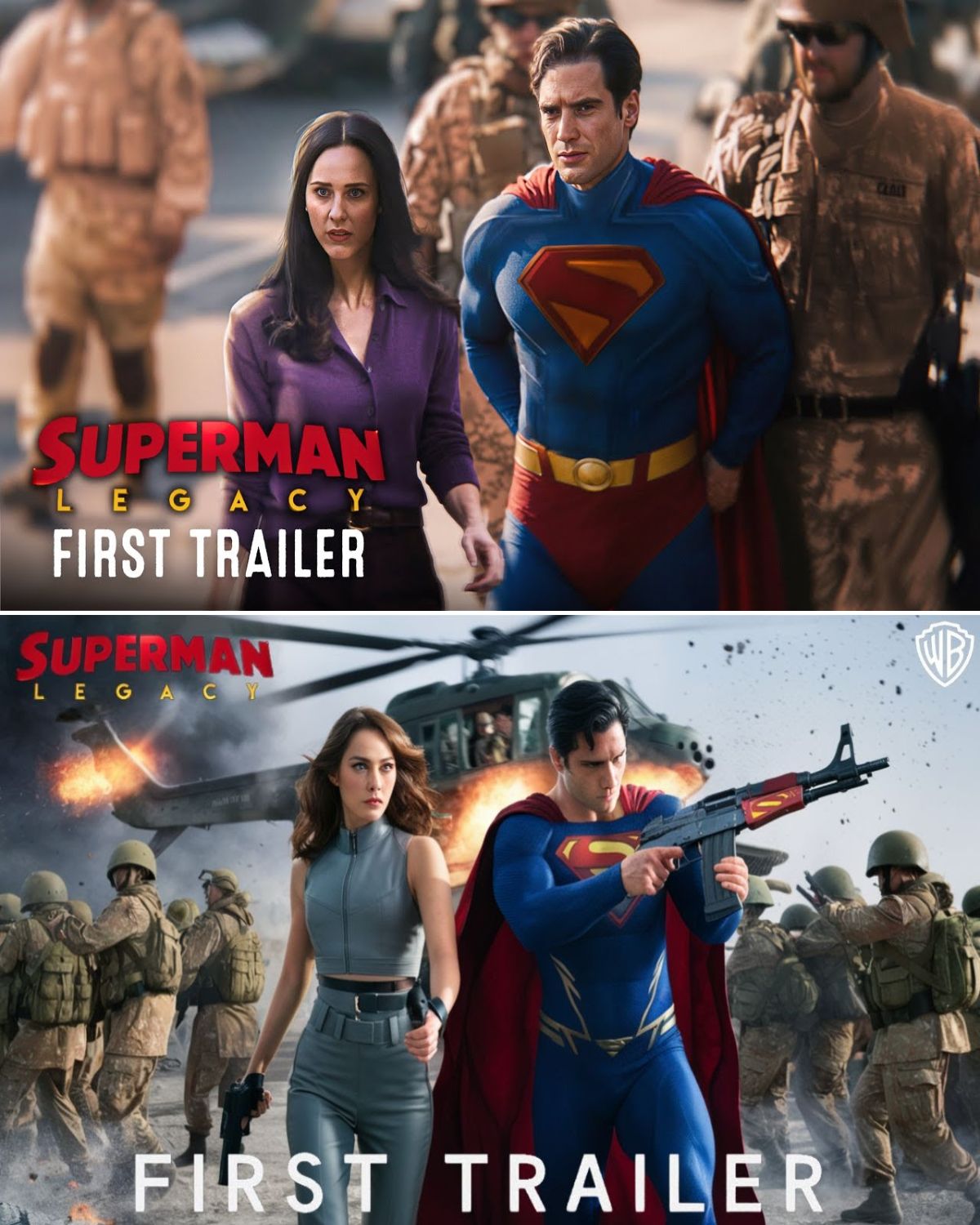The superhero genre has seen its fair share of groundbreaking visual effects (VFX) over the years, but one film that truly pushed the boundaries of imagination and left audiences in awe was “Deadpool.”

Released in 2016, “Deadpool” introduced a new level of VFX creativity that added an extra layer of excitement to the already action-packed storyline.

Directed by Tim Miller and starring Ryan Reynolds in the titular role, “Deadpool” follows the unconventional journey of Wade Wilson, a former Special Forces operative turned wisecracking anti-hero. What set the film apart from its counterparts was its irreverent and self-aware approach, which extended to its visual effects as well.

From the very beginning, it was clear that “Deadpool” was going to be something special in terms of VFX. The film’s opening credits sequence, in particular, was a tour de force of creativity. As the camera zooms in and out of a frozen moment in time, we are introduced to the key players of the film while witnessing the chaotic and humorous action unfolding around them. This seamless blend of slow-motion and dynamic movement set the tone for the film and immediately grabbed the audience’s attention.

But it wasn’t just the stylistic choices that made the VFX in “Deadpool” impressive; it was also the attention to detail and the seamless integration of computer-generated imagery (CGI) with live-action footage. One standout example is the transformation of Wade Wilson into the scarred and disfigured Deadpool. Through the use of CGI, the VFX team was able to convincingly bring the character’s unique appearance to life, capturing every intricate detail of the scars and textures.
Moreover, the action sequences in “Deadpool” were a visual feast for the eyes. From the thrilling highway chase to the explosive final battle, the film was filled with adrenaline-pumping moments that relied heavily on VFX. The team behind the film skillfully combined practical effects with CGI to create exhilarating and immersive action sequences that felt larger than life.

Beyond the action, “Deadpool” also showcased VFX prowess in more subtle ways. The film’s humor and irreverence extended to its visual gags, such as the hilarious “floating hand” scene or the fourth-wall-breaking moments where Deadpool directly interacts with graphics and text overlays. These cleverly executed VFX elements added an extra layer of comedic impact and further highlighted the film’s unique style.

In conclusion, “Deadpool” demonstrated the power of VFX to enhance storytelling and elevate the superhero genre to new heights. The film’s creative and seamless integration of visual effects, from the jaw-dropping opening credits to the intricacies of Deadpool’s appearance, left audiences astonished and craving for more. As the superhero genre continues to evolve, “Deadpool” will undoubtedly be remembered as a milestone in VFX innovation, showcasing the limitless possibilities of imagination and technology working hand in hand.




